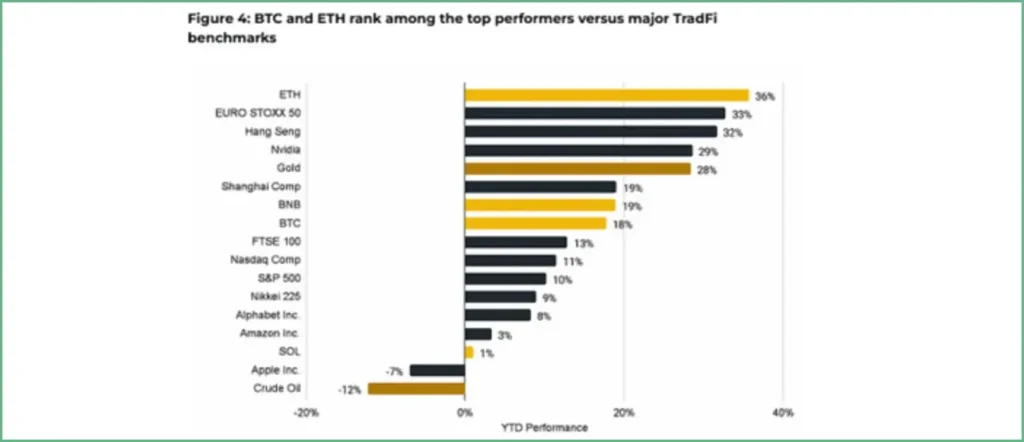Binance’s BNB token surged to a fresh all-time high of $1,370 on October 13, even as a market-wide collapse wiped out $19 billion from traders. That outperformance stood out because most major assets slid while BNB climbed, and the jump traces back to three core strengths: exchange utility and demand, engineered tokenomics, and an expanding on-chain ecosystem. What follows breaks down those factors and why they mattered when the rest of crypto was bleeding.
The first driver is simple: real-world utility inside a massive exchange. BNB serves as a fee discount token on Binance and is embedded across dozens of products, which keeps steady demand even during volatility. When traders seek cheaper execution and platforms push loyalty perks, that built-in use reshapes supply-and-demand dynamics faster than speculative hype.
Tokenomics come next, and they are not just marketing copy. Regular burn events and a capped supply create predictable deflationary pressure that appeals to holders who want a supply narrative behind a price move. Those burns are transparent and scheduled, so when volatility triggers sell-offs elsewhere, BNB’s diminishing supply can offset downward pressure and concentrate value among remaining holders.
Third is the BNB Chain ecosystem, where decentralized finance apps, NFTs, and gaming continue to transact and attract activity. On-chain growth means a steady background of transactional demand that does not always move in lockstep with Bitcoin or Ethereum price swings. Developers, projects, and users maintaining activity on BNB Chain help anchor the token’s value independently of short-term trader liquidations.
Institutional and strategic flows also played a role during the October pullback. Some funds and large holders view exchange-native tokens as operationally useful assets rather than pure speculation, so they can buy on weakness to maintain operational liquidity or exposure. That kind of demand profile often looks different from momentum chasing and can provide a stabilizing force when retail traders are forced to exit elsewhere.
Risk management and perceived operational resilience matter more than headlines suggest. Binance’s product breadth and liquidity depth mean that when leverage unwinds and $19 billion gets liquidated across markets, BNB benefits from route liquidity and multiple on-ramps. That makes panic selling less likely to fully erase positions tied to exchange utility and ecosystem participation.
Critics will point to regulatory scrutiny and concentrated control as potential vulnerabilities, and those concerns are real and deserve attention. Still, price action in this instance reflected how utility, engineered scarcity, and ecosystem activity can combine to outpace broader market movements. If any of those pillars weaken, BNB’s resilience could be tested; until then, the token’s structure helped it shrug off a harsh market day.
Looking at the mechanics behind October 13 shows a simple lesson: tokens with embedded use cases, visible supply management, and active ecosystems can behave differently when the rest of the market flips. That does not make them immune, but it does explain why BNB rose to $1,370 while $19 billion in trader positions were liquidated elsewhere.
